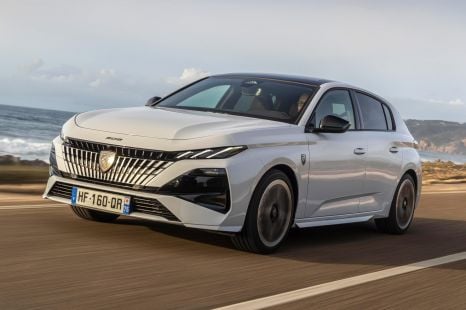

Matt Robinson
2026 Peugeot 308 Hybrid review: Quick drive
3 Hours Ago
Modern automotive tyres span a range of categories, from off-road tyres to those intended for track use. But what types of tyres are suited for what purpose?

Contributor
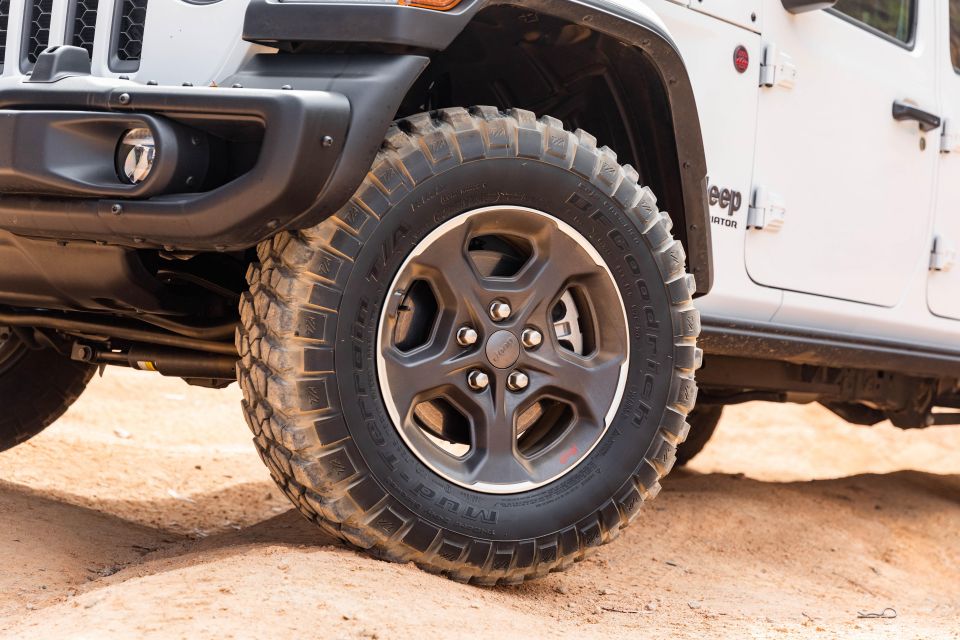

Contributor
As the only point at which a car is connected to the road, tyres play an important part in the safety and dynamic performance of a vehicle.
There’s a wide range of tyre types to choose from. If you’re travelling off-road, for example, opting for an off-road-biased tyre could help you from getting stuck.
Regardless of the tyre type, proper maintenance and upkeep remains key. Before setting off on that road trip or driving to that track day, ensure the tyres are inflated to your carmaker’s recommended level. This will optimise fuel economy and may also have a positive effect on vehicle ride and handling.
Tread depth is another important factor to check, as worn tyres may have compromised performance, especially in wet conditions. As a rule of thumb, tyres should have at least 3mm of tread left before the tyre should be replaced. Per this handy Bridgestone article, in Australia, this can easily be measured with a 20c coin. If the tyre tread doesn’t reach the platypus’ bill, it’s time to replace your vehicle’s tyres.
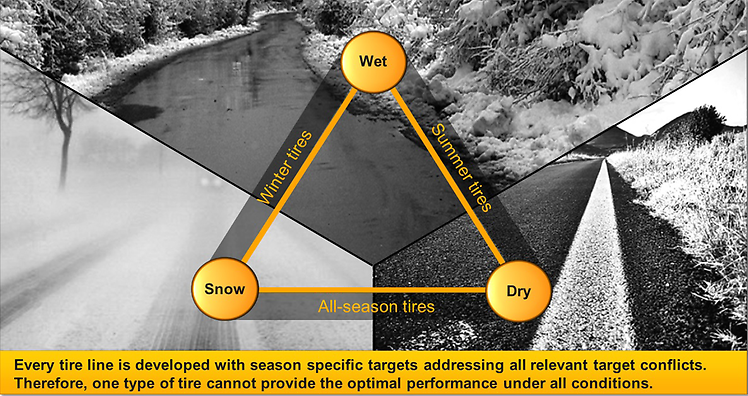
In Australia, our warmer climate and relative lack of snow during even the winter months means that many new passenger cars (excluding off-road focused SUVs and utes) are sold with summer or all-season tyres.
Summer tyres make use of shallower tread patterns and special compounds that maximise the level of grip, braking performance and fuel efficiency at temperatures above 7°C, in both wet and dry conditions.
In contrast, winter tyres use deeper treads and tread compounds made from silica and other advanced polymers ideal for snowy conditions at temperatures below 7°C. In fact, Pirelli claims that in cold, wet and snowy conditions, its Snowsport V winter tyre offers a more than 20 per cent improvement in braking performance at 50 km/h at 0°C compared to an equivalent summer tyre in the snow.
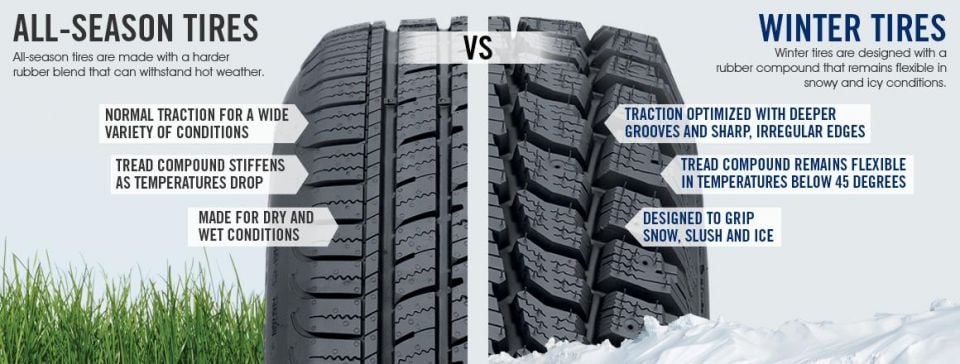
Apart from deeper treads, another way to differentiate winter and summer tyres is the greater level of sipes (horizontal tread cuts) on winter tyres compared to their summer equivalents. In snowy or icy conditions, the sipes provide the tyre with greater bite, more grip and therefore a reduced chance of the vehicle slipping or skidding.
All-season tyres aim to combine the performance benefits of both summer and winter tyres, to provide an option that can be used at both colder and warmer temperatures. However, this option means an inherent compromise in performance, with these tyres unable to match the level of grip provided by winter tyres in snowy conditions, nor the fuel economy or handling ability provided by summer tyres in warmer temperatures.
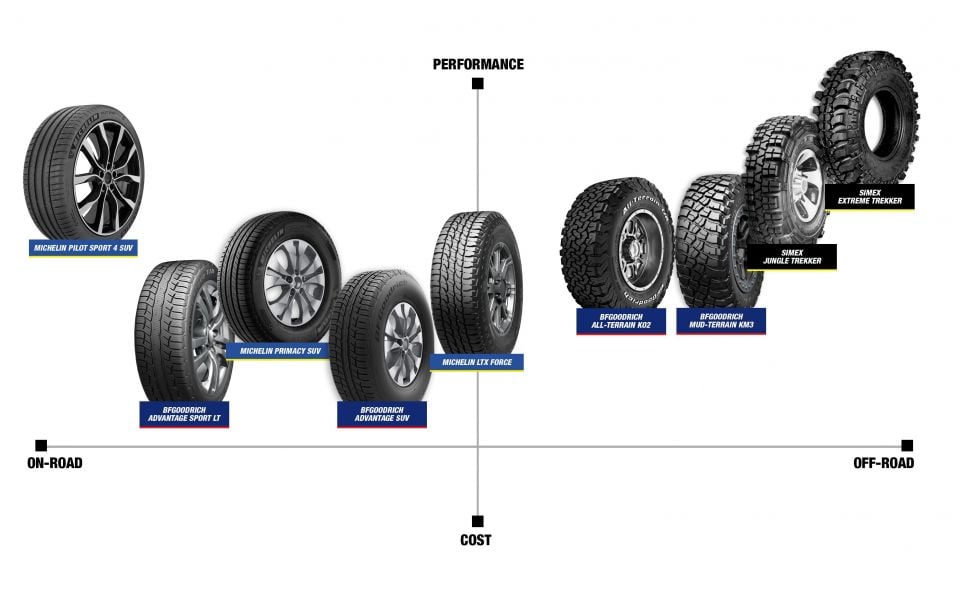
Wanting to go off-road in your new SUV or ute? There are generally three key types of off-road tyre to be aware of, namely ‘Highway Terrain’, ‘All-Terrain’ and ‘Mud Terrain’ tyres. Apart from differences in tread pattern, the sidewall is usually clearly marked with the type of off-road tyre.
Highway Terrain (H/T) tyres are what many SUVs are equipped with from the factory. Primarily geared towards driving on sealed asphalt roads and bitumen, these are suitable for very light off-roading, but offer excellent grip, refinement and fuel economy on the motorway and in urban conditions.
All-Terrain (A/T) tyres offer a deeper, wider tread which, although still suitable for urban usage on sealed roads, compromises on-road performance (compared to a H/T tyre) for greater off-road ability. These tyres are considered to be more robust than their H/T counterparts, and are suitable for those who drive on-road but may go off-roading during a weekend getaway.
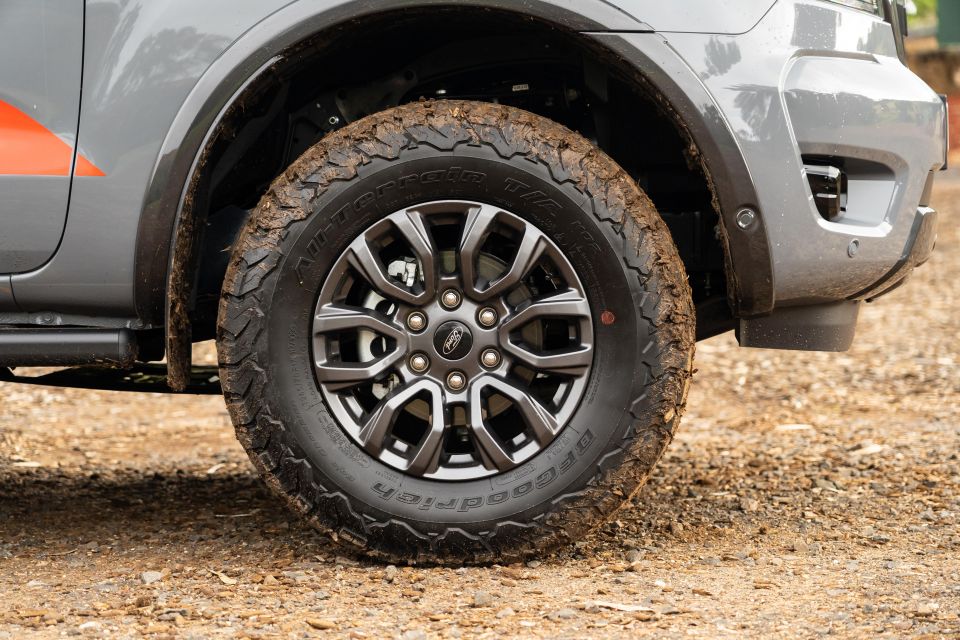
Some manufacturers may also offer a variety of A/T tyres with guide percentages for on and off-road use. For example, a more road-oriented A/T could be suitable for 70 per cent road use and 30 per cent off-road use, while another variant could be suitable for 60 per cent road use and 40 per cent off-road use.
Mud Terrain (M/T) tyres feature a very deep tread pattern with wide tread blocks and sipes that makes them especially suitable for heavy off-road use, as it allows mud and other grime to flow through more easily.
These tyres might be the preferred option if your SUV/4WD spends the vast majority of its time off the beaten track. Compared to H/T and A/T tyres, the Mud Terrain alternative severely compromises on-road performance with regard to outright grip on asphalt, noise and refinement, and fuel economy.
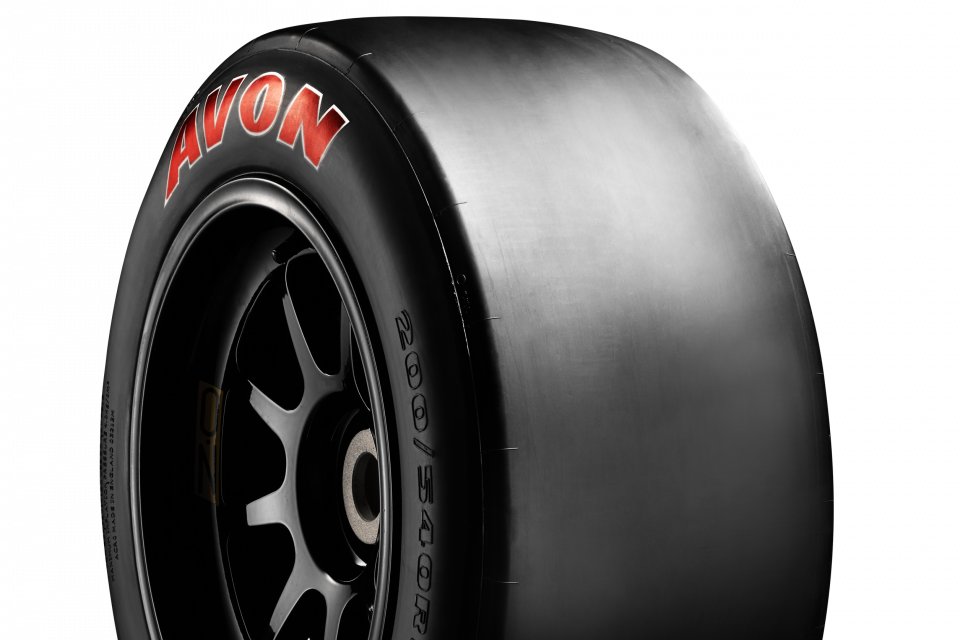

As the name suggests, slick tyres are differentiated from the other tyres described above by an absence of grooves. Suitable for track use only, these tyres are not legal for road use. Most slick tyres make use of a softer, but less durable, rubber compound that offers incredible grip in dry conditions at the expense of frequent tyre replacement. Together with a stiff sidewall, they may also improve steering feedback and turn-in to corners.
In the wet, performance reduces drastically as the absence of sipes or any form of grooves makes slick tyres prone to aquaplaning with poor braking performance.
Semi-slick tyres are also geared towards track use, but include some grooves that improve wet-weather performance and thereby make them road-legal. These tyres are ideal for those who wish to drive to and from a track day on a single set of tyres.
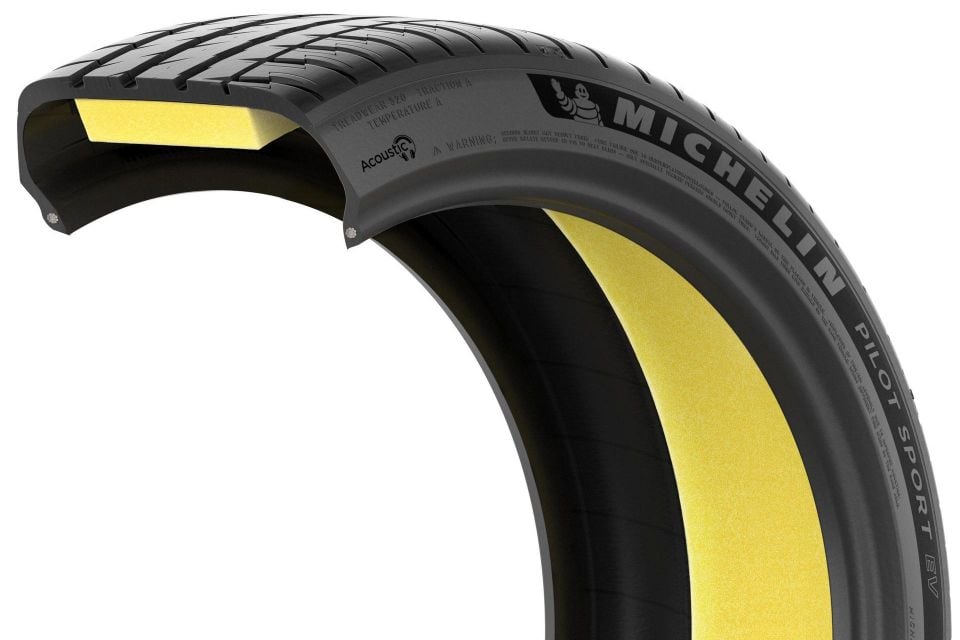
Low rolling resistance tyres are a key innovation in the tyre space. Rolling resistance describes the effort required to move a tyre along at a constant speed. If a tyre has low rolling resistance, then reduced effort is required by the vehicle’s powertrain, and thereby fuel economy (and range in the case of EVs) may improve.
Tyre engineers today implement several methods to reduce rolling resistance without significantly compromising traction and grip. These include adding a greater amount of silica into the tyre compound and having shallower treads and stiffer tyre sidewalls.
EV-specific tyres such as the Michelin Pilot Sport EV build on this further by attempting to combine low rolling resistance with similar handling capabilities to their summer performance tyres such as the Michelin Pilot Sport 4. The Pilot Sport EV also includes a ‘polyurethane foam solution’ to reduce noise in line with the silent nature of EVs.
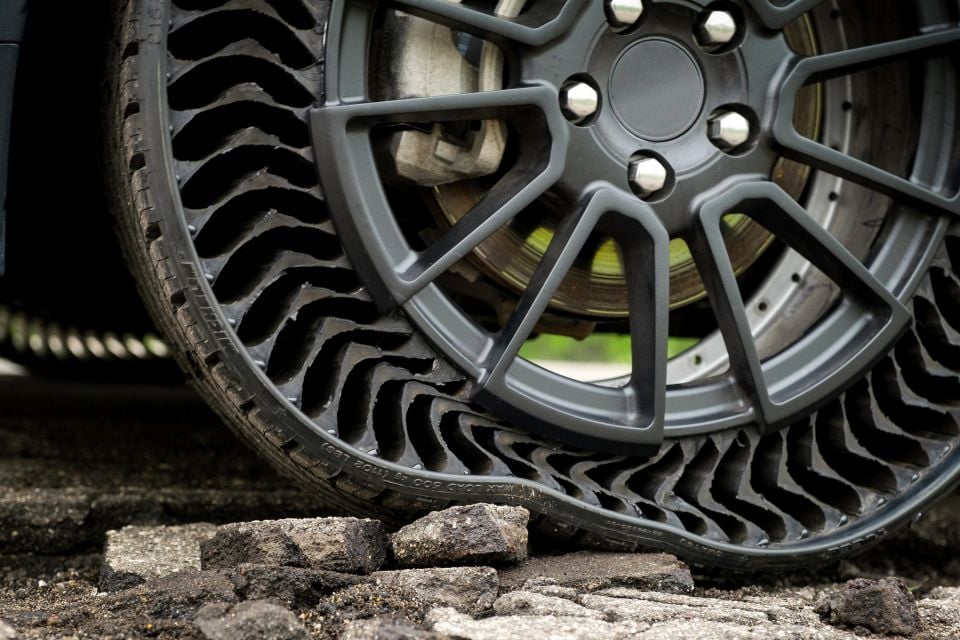
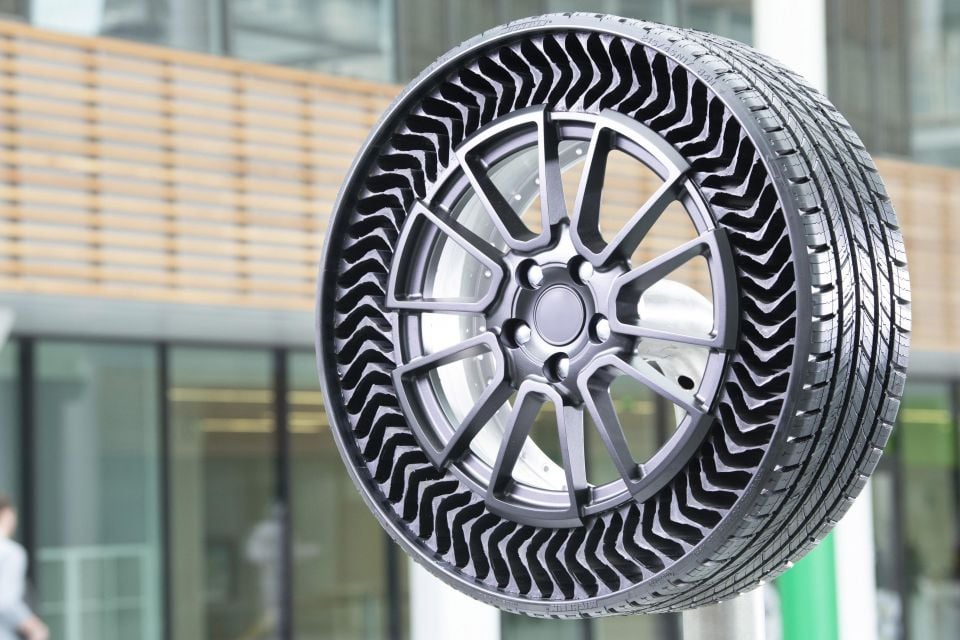
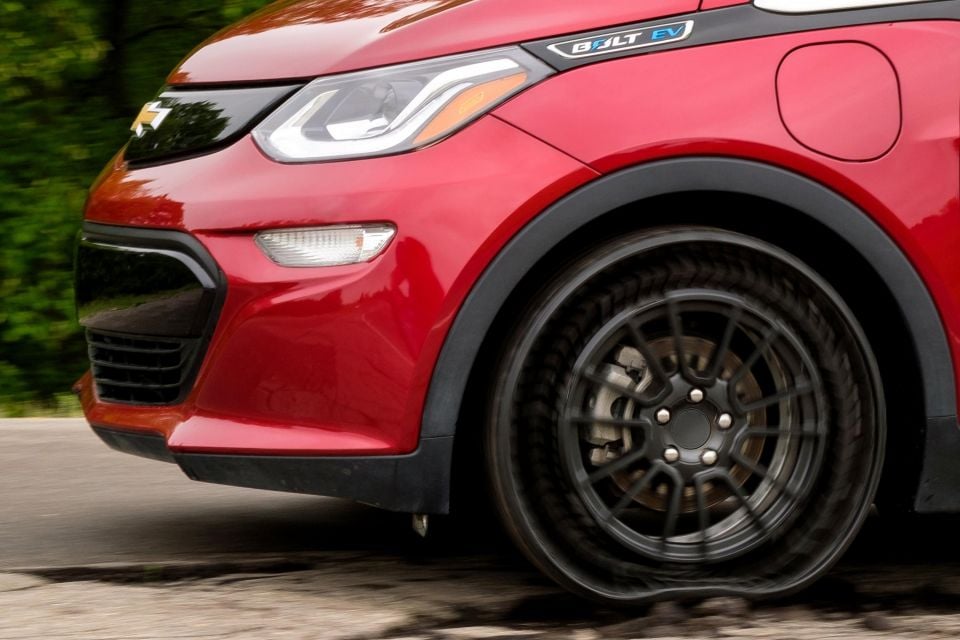
Airless tyres are another recent innovation, with Michelin arguably being one of the leaders in this field. Its new Uptis tyres, intended to launch for public use in 2024, uses rubber spokes and a fibreglass structure to eliminate the need to be inflated by air while retaining similar performance levels to conventional tyres.
In turn, Michelin claims this increases tyre durability by not having to worry about punctures, while also providing ecological benefits. The company claims its technology has the potential to substantially reduce the number of scrapped tyres in markets where punctures may be common (such as in developing countries).


Matt Robinson
3 Hours Ago


CarExpert.com.au
12 Hours Ago


William Stopford
15 Hours Ago


Damion Smy
15 Hours Ago
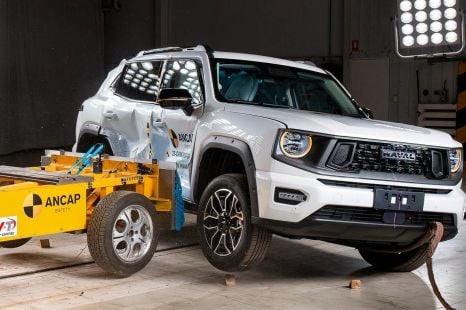

James Wong
15 Hours Ago
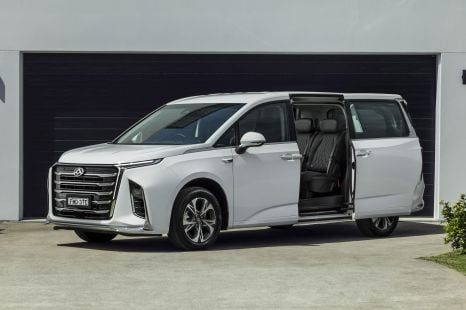

William Stopford
17 Hours Ago